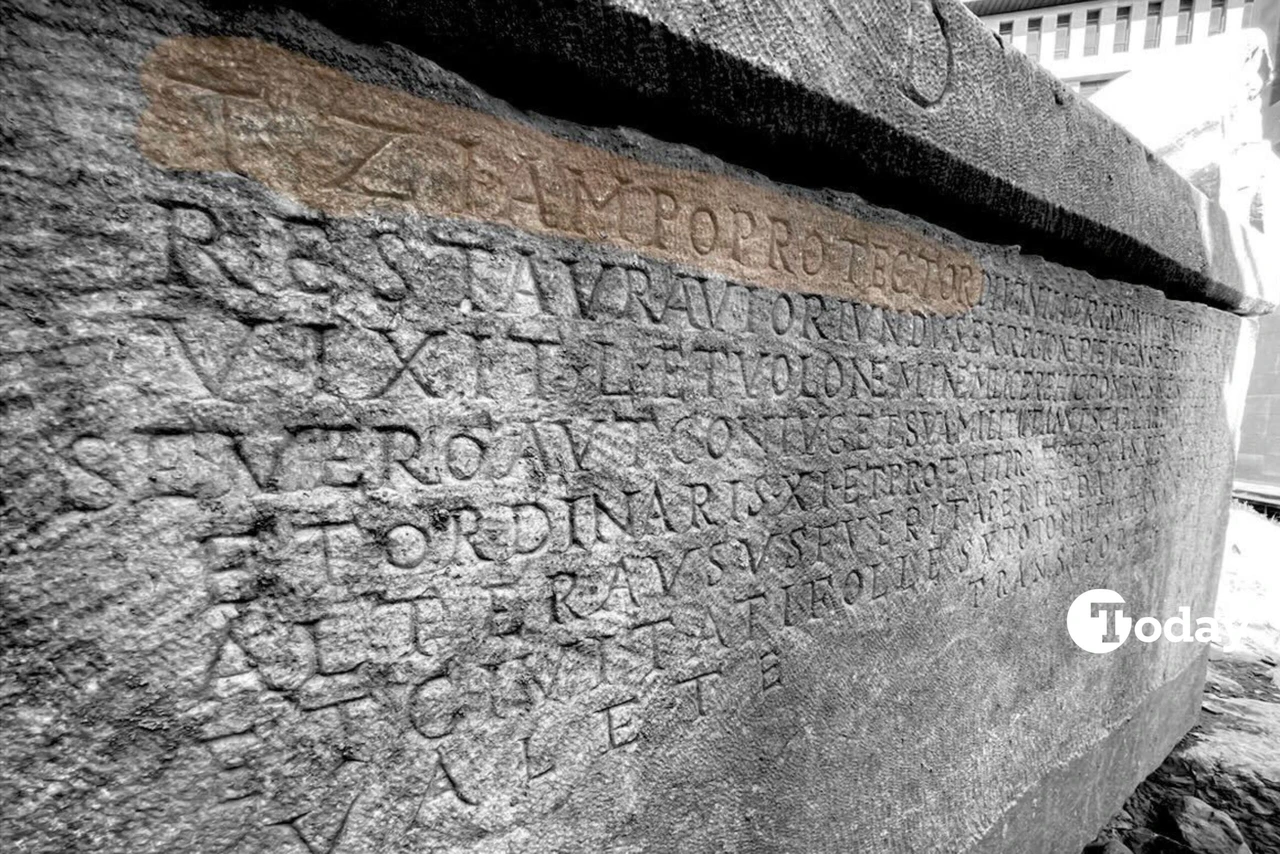2,800-year-old Urartian water cistern reopens to tourists after restoration
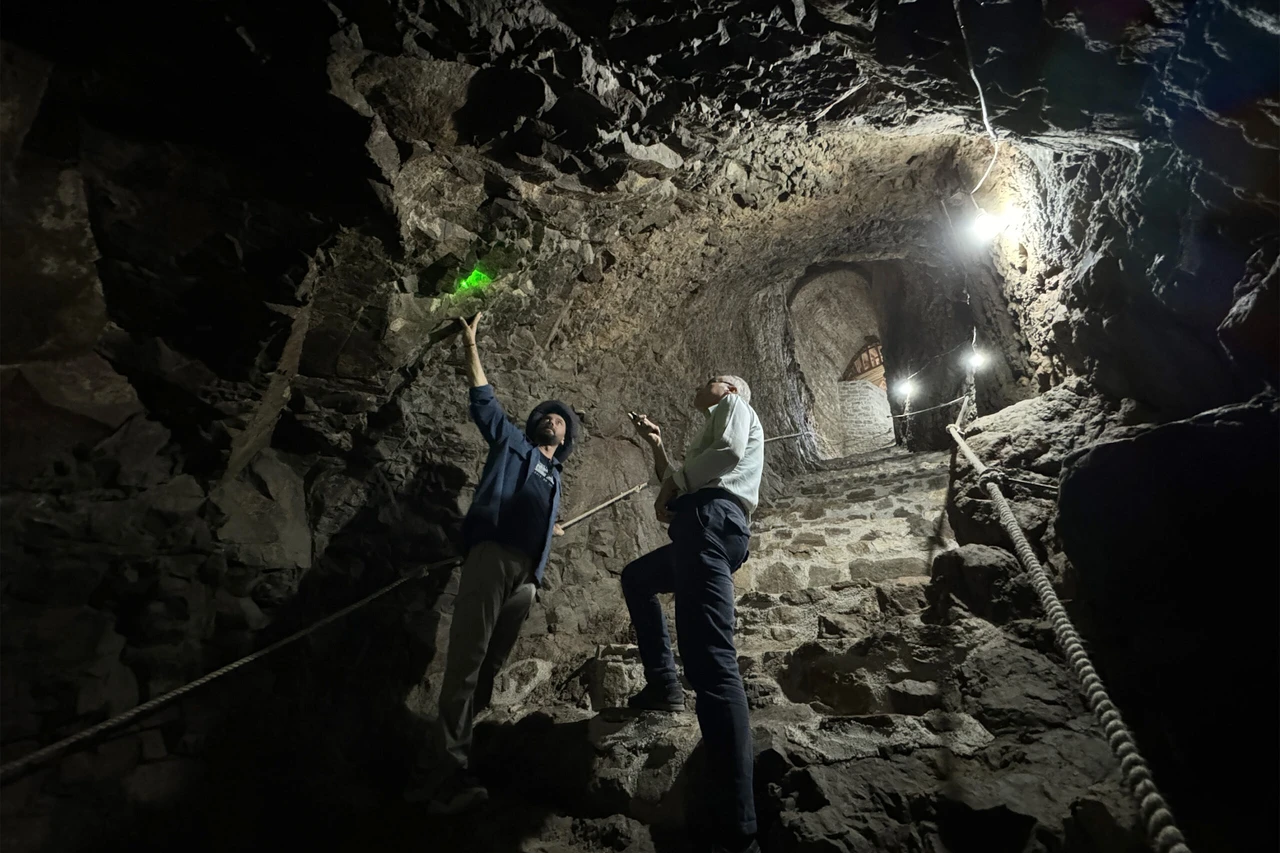 In Elazig, at Harput Castle, which has hosted many civilizations throughout history, a 2,800-year-old water cistern from the Urartian period has been uncovered. Türkiye, August 21, 2024 (AA Photo)
In Elazig, at Harput Castle, which has hosted many civilizations throughout history, a 2,800-year-old water cistern from the Urartian period has been uncovered. Türkiye, August 21, 2024 (AA Photo)
In Elazig, the restoration of a 2,800-year-old water cistern, dating back to the Urartu period, has been completed.
Located in the historic Harput Castle, this remarkable structure, with a depth of 30 meters and accessed by 52 steps, will soon be open to tourists, offering a unique glimpse into ancient engineering.
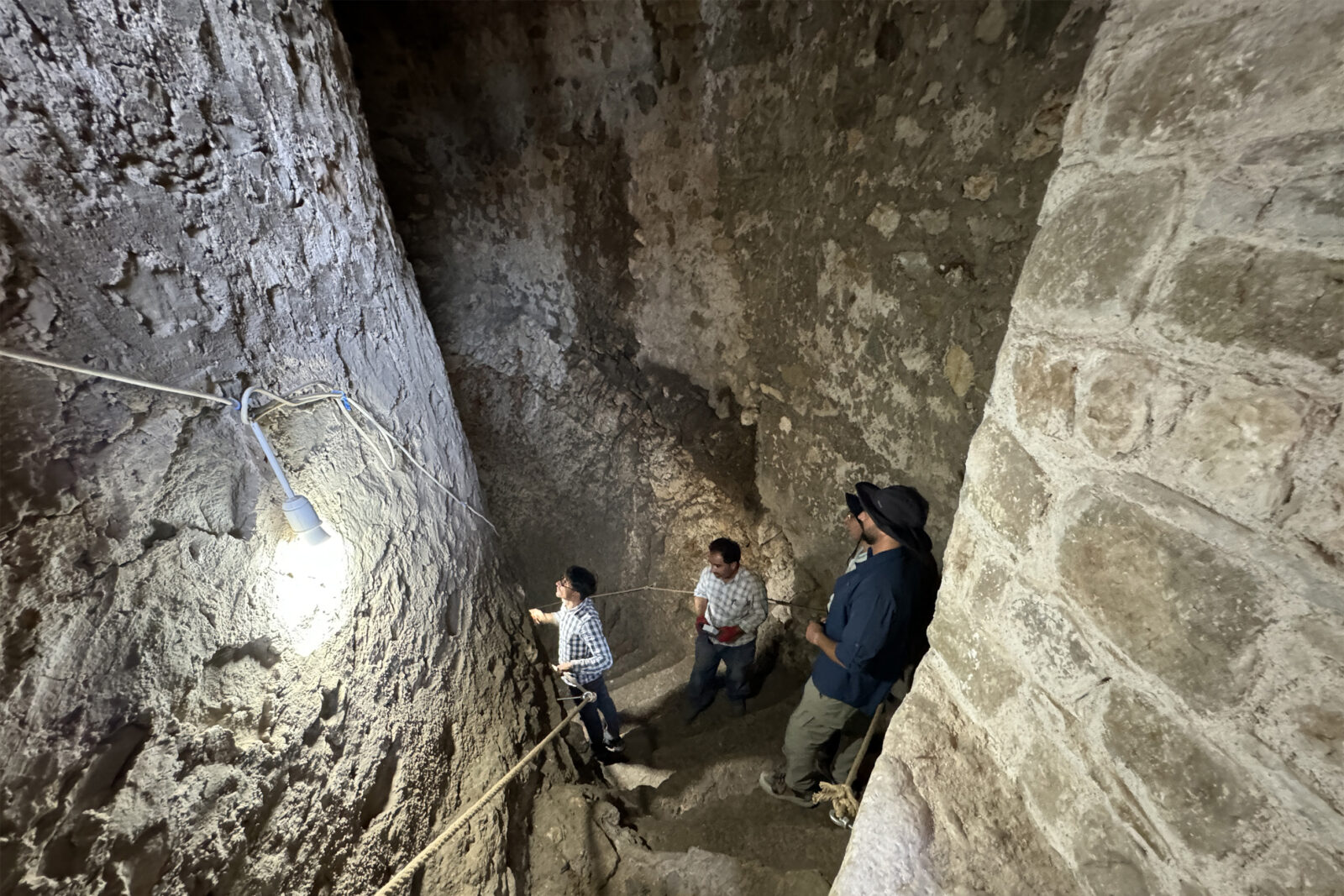
Historical significance, tourism potential of water cistern
Archaeological excavations and restoration efforts, which began in 2004, have uncovered this second large cistern carved into the natural rock at Harput Castle.
With a diameter of 4.5 meters, the cistern is one of the largest and most significant of its kind in Türkiye. According to professor Ismail Aytac, head of the excavation, the cistern’s restoration marks a critical step in preserving and showcasing Türkiye’s rich cultural heritage.
Professor Aytac highlighted that the cistern will be accessible to visitors after final adjustments to the access route, allowing tourists to explore this fascinating site and learn more about the region’s history.
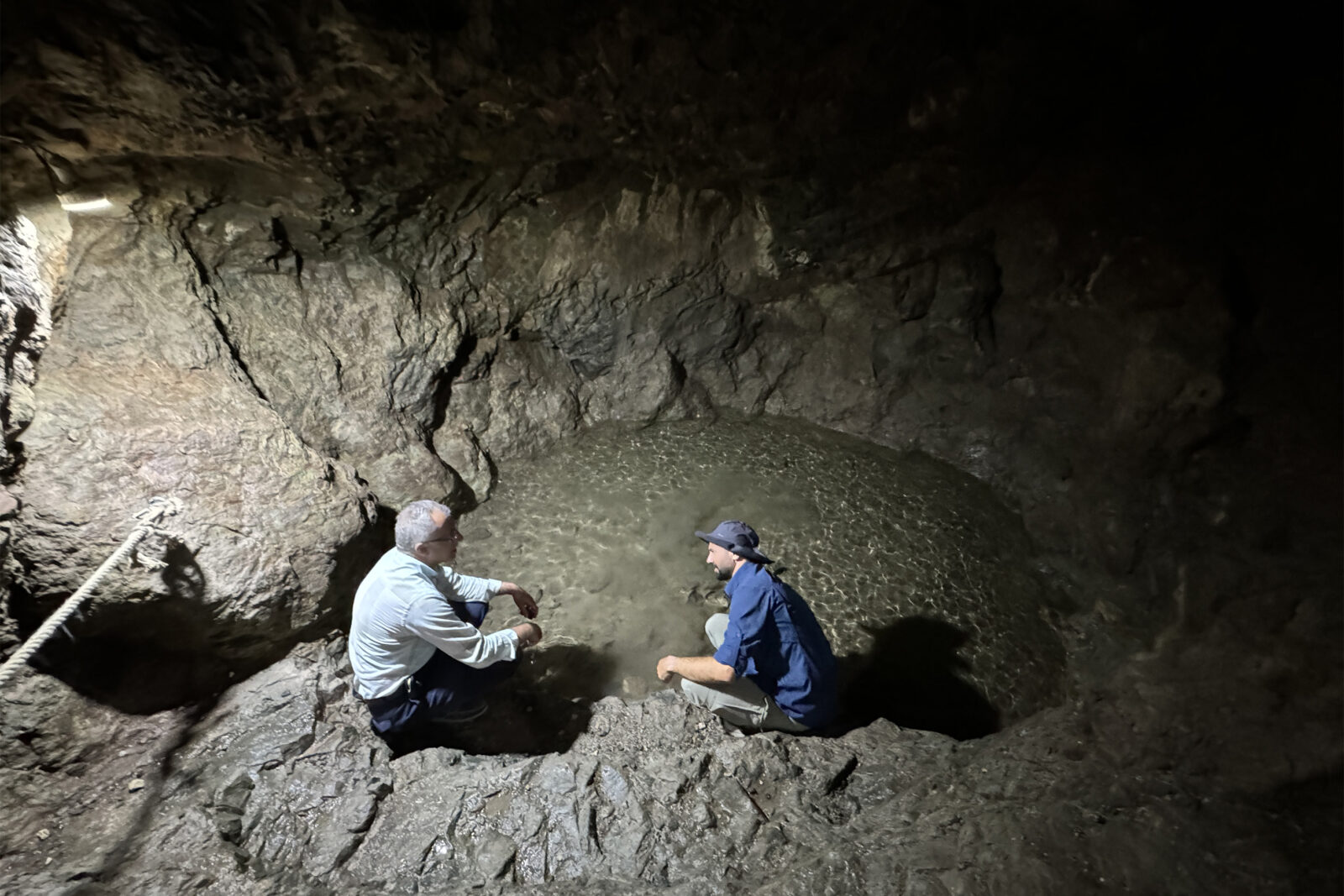
Harput Castle: Timeless historical treasure
Harput Castle, inhabited since the eighth century B.C. under the Urartu Kingdom, has also seen the influence of many civilizations, including the Romans, Byzantines, Sassanids, Artuqids, Seljuks, and Ottomans. Recognized on UNESCO’s Tentative World Heritage List, the site continues to be a focal point for historical tourism.
This latest restoration is expected to attract visitors from around the world, offering an immersive experience of the ancient past of Harput Castle.
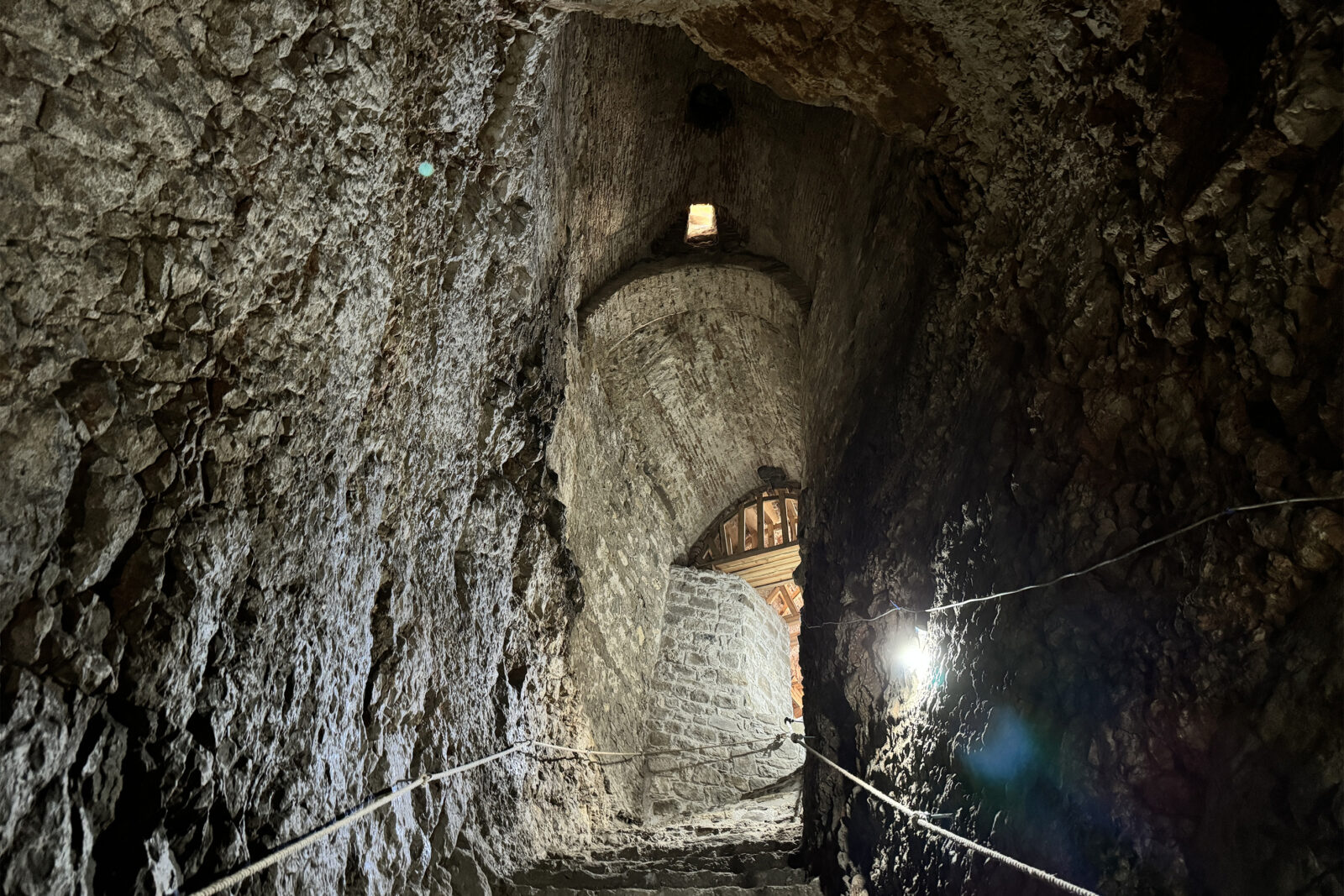
Who were Urartians and where did they establish their civilization?
The Urartians, an influential ancient civilization, flourished around Lake Van in southeastern Anatolia.
While their exact origins remain a mystery, their impact on the region is undeniable.
The Urartians first appeared in Assyrian records from the 13th century B.C. Initially a small tribal kingdom, they grew into a powerful state by the ninth century B.C. Their capital, Tuspa, now modern-day Van, was the center of their thriving empire.
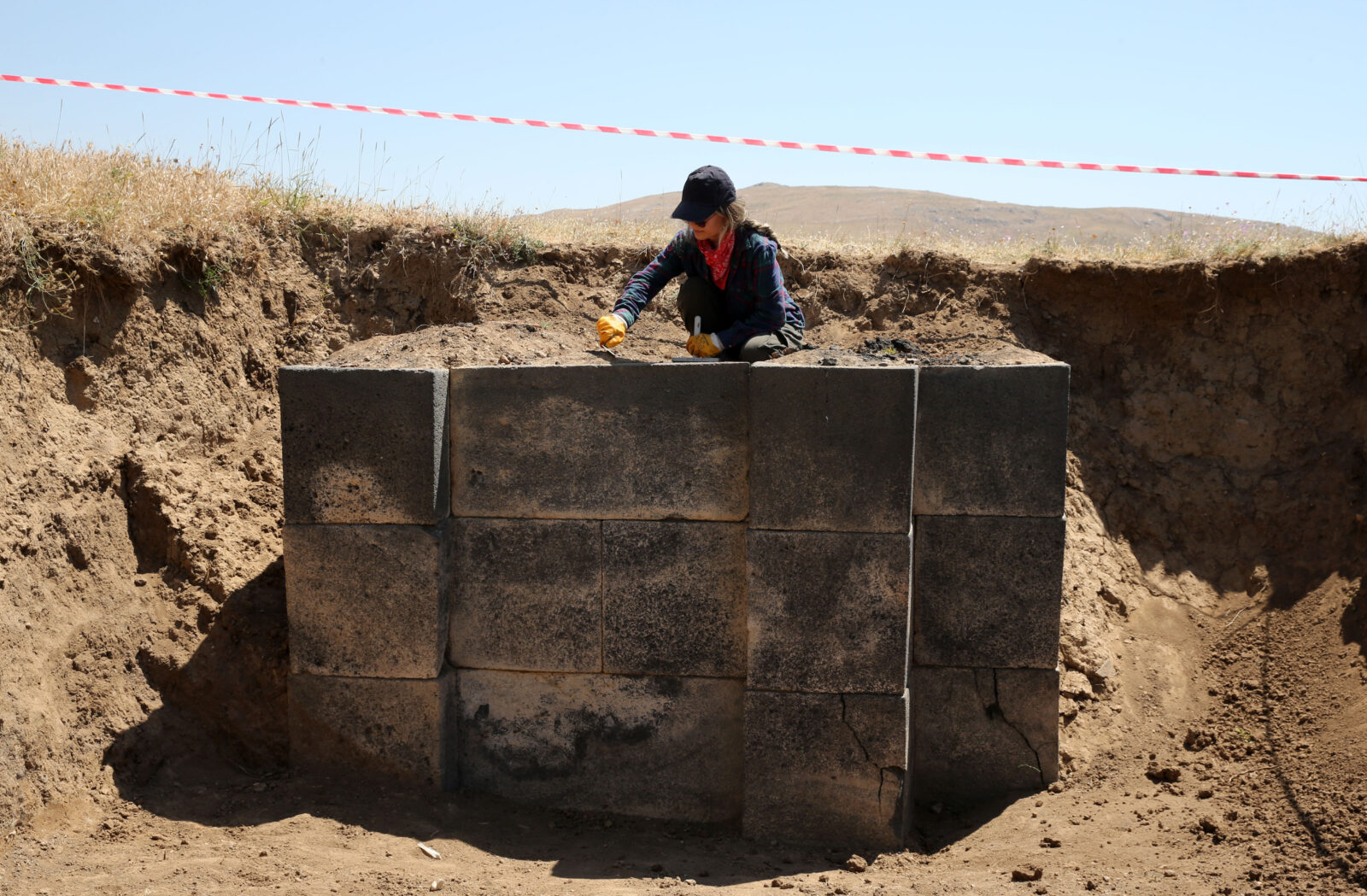
Key achievements and innovations of Urartians
Renowned for their warrior society, the Urartians also excelled in agriculture during peacetime. Their sophisticated water management systems highlight their advanced engineering skills.
They built numerous fortresses, temples, and canals, with around 30 fortress ruins identified in their historical territory.
Their polytheistic beliefs led to the construction of temples adjacent to fortresses. Urartian homes were compact, featuring small doors and windows, often with balconies and intricate interior decorations.
Artifacts and craftsmanship of Urartian civilization
Urartian metalwork is distinguished by intricately designed belts and embossed shields. They buried their dead with ornamental belts, and other notable artifacts include helmets, arrow quivers, cooking vessels, bath basins, bullheads and harnesses.
The Urartians excelled in stone, bone craftsmanship, ceramics, and writing, using both Assyrian cuneiform and their own script.
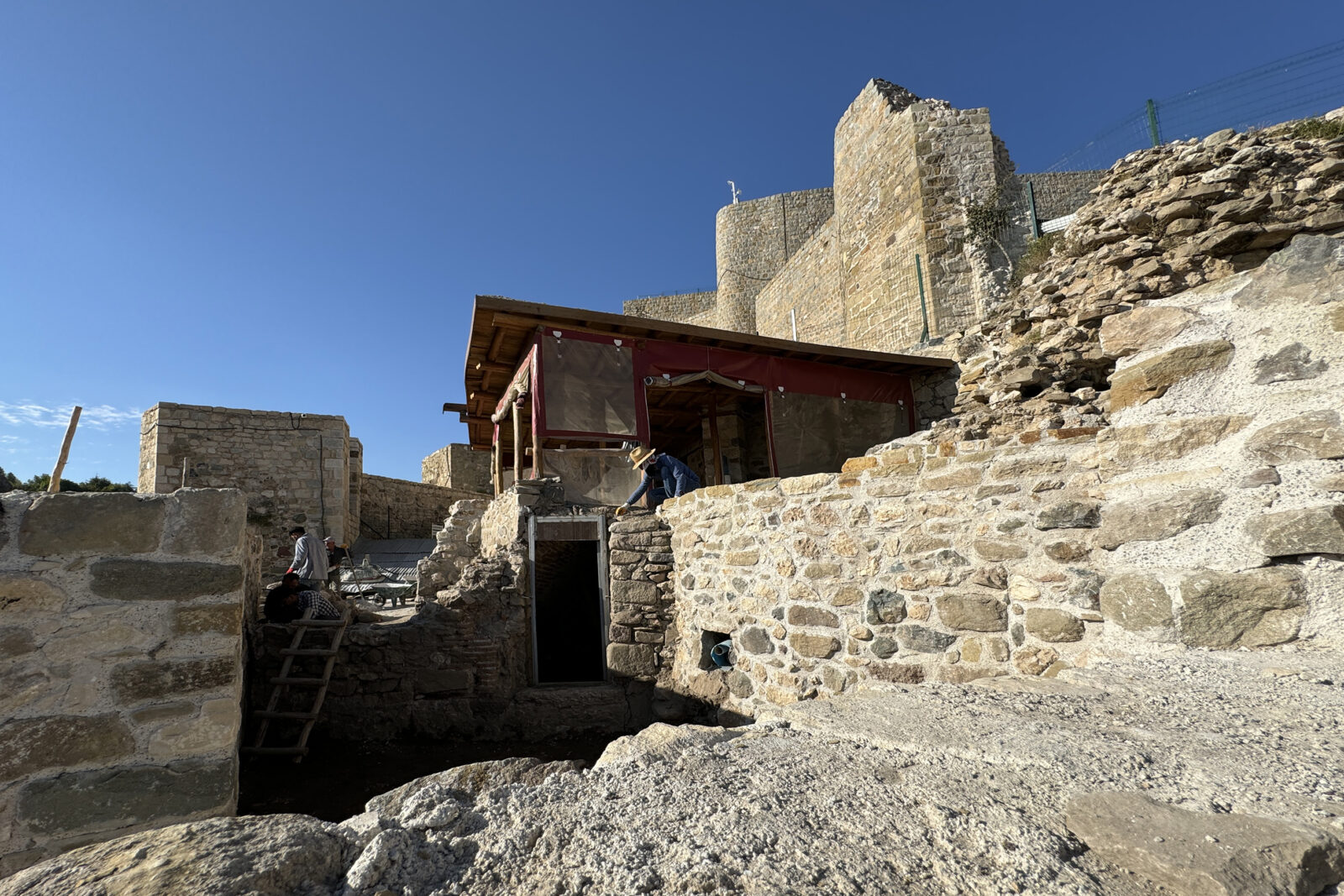
Capital and historical significance of Urartian state
Following the fall of the Hurrian State, small principalities emerged around Van, eventually unifying into the Urartian state by 900 B.C. Under a single ruler, the Urartians established a significant Anatolian civilization. The capital, Tuspa, played a pivotal role in their empire.
The Urartians aimed to cut off Assyrian access to the Mediterranean, engaging in numerous battles to expand their territory. Notable kings like Sardur I, İspuinis, Menuas, Argishti, and Rusas I played crucial roles in the state’s expansion and defense against the Assyrians.
Throughout their history, the Urartians frequently clashed with the Assyrians and local principalities. Their achievements in cuneiform writing and other advancements mark a vital chapter in ancient Anatolian history.
